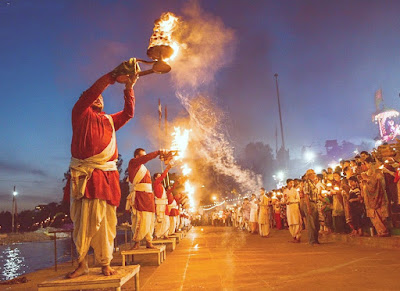Bharat Mandir (Temple) is the most ancient, most sacred, most famous temple in Rishikesh. Temple is located in the heart of the city (middle of the city). Jagadguru Adi Shankaracharya reinstalled the presiding deity in the temple on the day of Basant Panchmi in 789 A.D. On this day every year the Shaligram is taken for a holy bath in the scared Mayakund and then carried in a grand procession through the city to be taken back to the temple for the symbolic reinstallation. It is also believed that if any pilgrim on the day of Akshya Tritiya takes 108 parikarmas (rounds) of Lord Shri Hrishikesh Naranyan at this temple and seeks the blessing at his feet (it is only day when Lord's feet are uncovered), all his wishes are full filled and it is equivalent to the pilgrimage to Badrinath.The temple is mentioned in Vishnu Puran, Shrimadbhagwat, Mahabharat, Vaman Puran and Narsingh Puran.
More info: http://raftingcampingrishikesh.com/
















